Henrik shows off his bionic arm! 😃
Henrik shows how he performs everyday tasks with a bionic arm 😮 🦾.

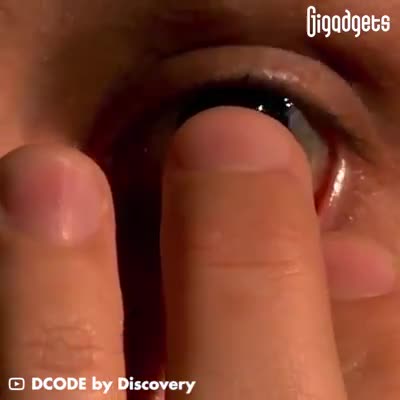
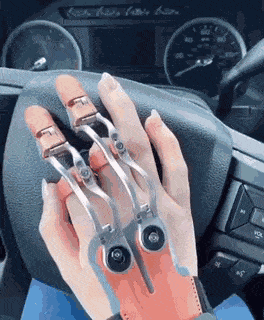
Finger prosthetics We really are living in the future, wow GIFs | Search for More wow GIFs on www.GIF-VIF.com.
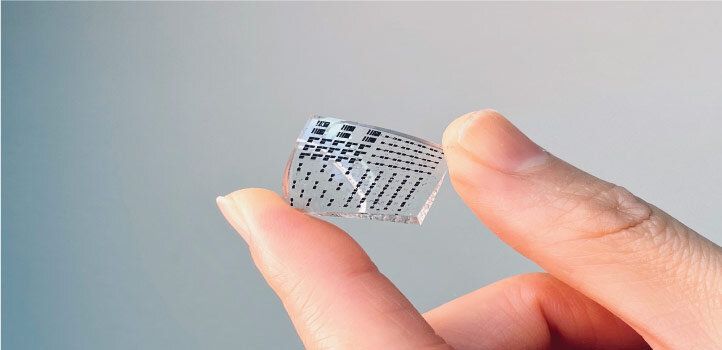
A material that mimics human skin in strength, stretchability and sensitivity could be used to collect biological data in real time. Electronic skin, or e-skin, may play an important role in next-generation prosthetics, personalized medicine, soft robotics and artificial intelligence.
“The ideal e-skin will mimic the many natural functions of human skin, such as sensing temperature and touch, accurately and in real time,” says KAUST postdoc Yichen Cai. However, making suitably flexible electronics that can perform such delicate tasks while also enduring the bumps and scrapes of everyday life is challenging, and each material involved must be carefully engineered.
Most e-skins are made by layering an active nanomaterial (the sensor) on a stretchy surface that attaches to human skin. However, the connection between these layers is often too weak, which reduces the durability and sensitivity of the material; alternatively, if it is too strong, flexibility becomes limited, making it more likely to crack and break the circuit.
Ira Pastor, ideaXme life sciences ambassador interviews Dr. Hugh Herr, Associate Professor MIT Media Lab and head of the Biomechatronics group, @MIT Media Lab.
Ira Pastor comments:
Dr. Hugh Herr, is Associate Professor MIT Media Lab, heads the Biomechatronics group at the MIT Media Lab, as well as the Center for Extreme Bionics at MIT, and is creating bionic limbs that emulate the function of natural limbs.
In 2011, TIME magazine coined him the “Leader of the Bionic Age” because of his revolutionary work in the emerging field of biomechatronics – technology that marries human physiology with electromechanics.
A double amputee himself, Dr Herr is responsible for breakthrough advances in bionic limbs that provide greater mobility and new hope to those with physical disabilities. He is the author and co-author of more than 150 peer-reviewed papers and patents, chronicling the science and technology behind his many innovations. These publications span the scientific fields of biomechanics and biological motion control, as well as the technological innovations of human rehabilitation and augmentation technologies.
Dr. Herr’s Biomechatronics group has developed gait-adaptive knee prostheses for transfemoral amputees and variable impedance ankle-foot orthoses for patients suffering from drop foot, a gait pathology caused by stroke, cerebral palsy, and multiple sclerosis. He has also designed his own bionic limbs, the world’s first bionic lower leg called the BiOM Ankle System.
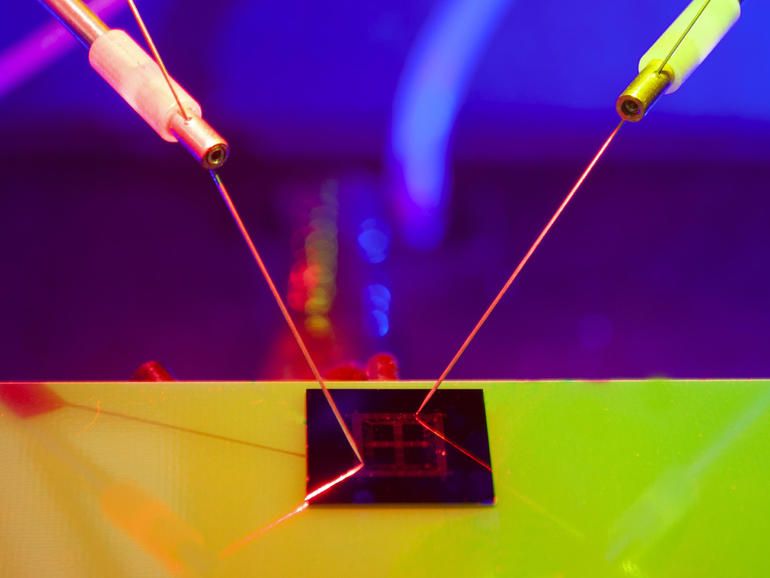
Like walking and breathing and could one day allow people to control prosthetics simply by thinking…
The US Army is funding a project that could lead to brain-machine interfaces. It includes an algorithm capable of isolating brain signals and linking them to specific behaviors such as walking and breathing.
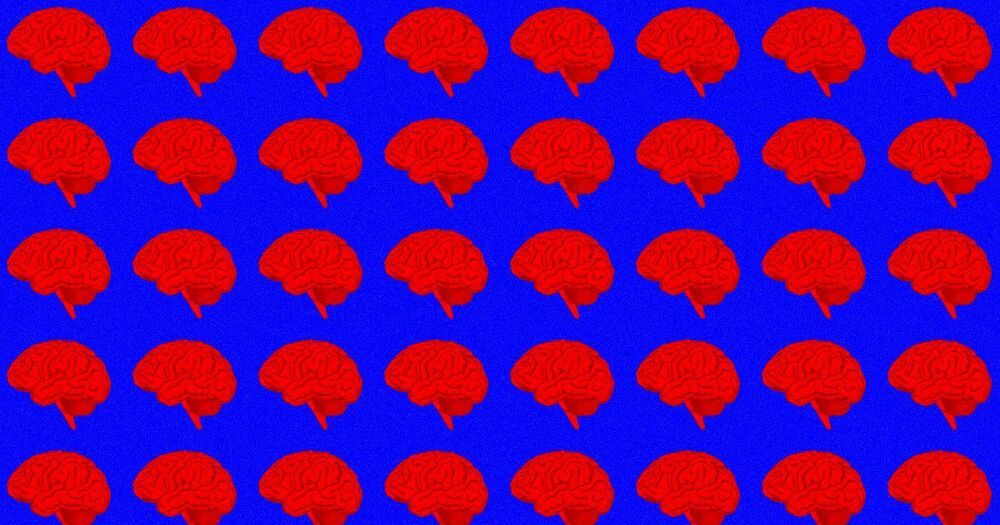
Careful, you may end up with mini cyborgs!
“The closer we come to his goal, the more likely we will get a brain that is capable of sentience and of feeling pain, agony and distress,” Christof Koch, chief scientist and president of the Allen Brain Institute, told the NYT.
The human brain is so complex that scientists are still guessing at many aspects of how it works. That’s the appeal of mini-brains — they’re comparatively simple balls of neurons that simulate some characteristics of full brains but which barely scratch the surface of their capabilities. But this new study, published Thursday in the journal Cell, suggests that the mini-brains could be more complex than previously believed.
“There are some of my colleagues who say, ‘No, these things will never be conscious,’” Muotri told the NYT. “Now I’m not so sure.”

Restoration of lost motor function after stroke is typically accomplished after strenuous rehabilitation therapy lasting for over months. However, new research published by a group led by Yukio Nishimura, the project leader of the Neural Prosthesis Project, Tokyo Metropolitan Institute of Medical Science showed that an artificial neural connection (ANC)*1 successfully allowed a new cortical site, previously unassociated with hand movements, to regain control of a paralyzed hand in a matter of minutes.
In this research, experimental animals regained voluntary control of a paralyzed hand about ten minutes after establishment of an ANC. Animals engaged in learning with a functional ANC showed variable levels of input signals provided by the cerebral cortex*2 as hand movement improved. Specifically, the activated area of the cortex became more focused as control of hand movements improved.
Through this training of various areas of the cerebral cortex, the research team successfully imparted a new ability to control paralyzed hands via an ANC, even if those areas were not involved in hand control prior to the stroke. Examples of such regions include areas of the cortex that controls the movement of other body parts such as the face or shoulder, and even the somatosensory cortex, which is responsible for tactile and proprioception processing and is normally not associated with motor control. This finding suggests that an ANC can impart new motor control functions to any cortical region.
Article. Reasearchers from Japan are making cyborg cockroaches. 😃 The article has videos as well.
I guess it’s justified considering roaches are some of the most resilient organisms on our planet. Are you ready for the cyber-roaches?
😃
Japanese researchers say turning cockroaches into an army of insect cyborgs could be useful in a variety of ways.